If you’ve ever caught a glimpse of a chunky spider darting across the carpet, you’ve probably had that moment of panic.
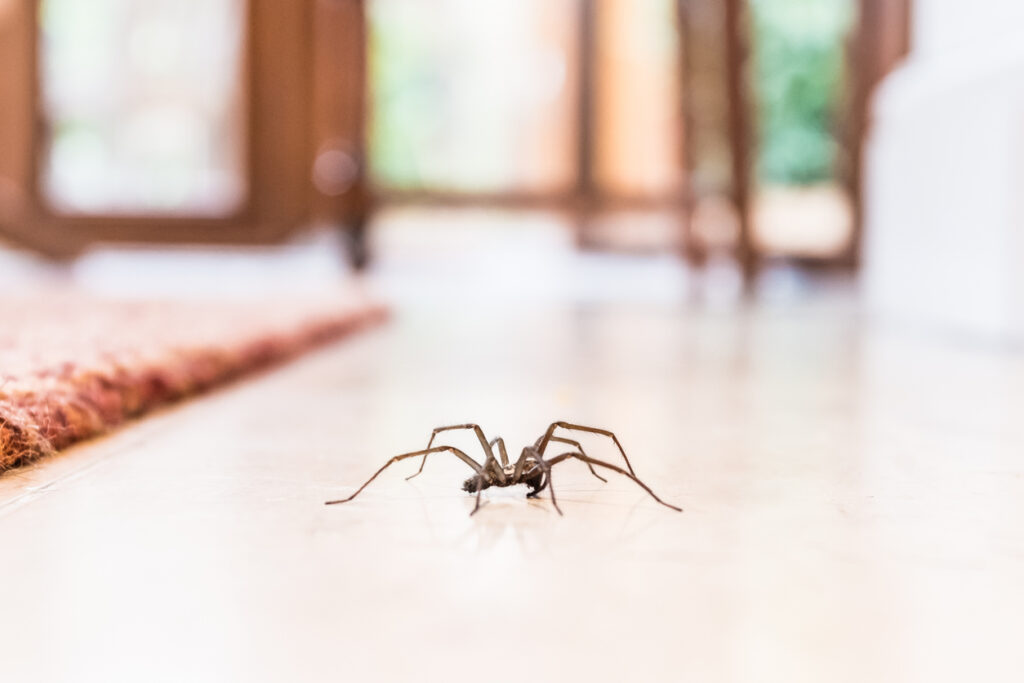
Is it just a regular house spider, or one of those false widows everyone keeps talking about? While both types are common in the UK, they’re not exactly the same. False widows have made headlines thanks to their slightly spookier appearance and rare but real bite reports, while house spiders are more of a seasonal houseguest than a threat. Here’s how to figure out who’s actually sharing your home.
1. Check the body shape.
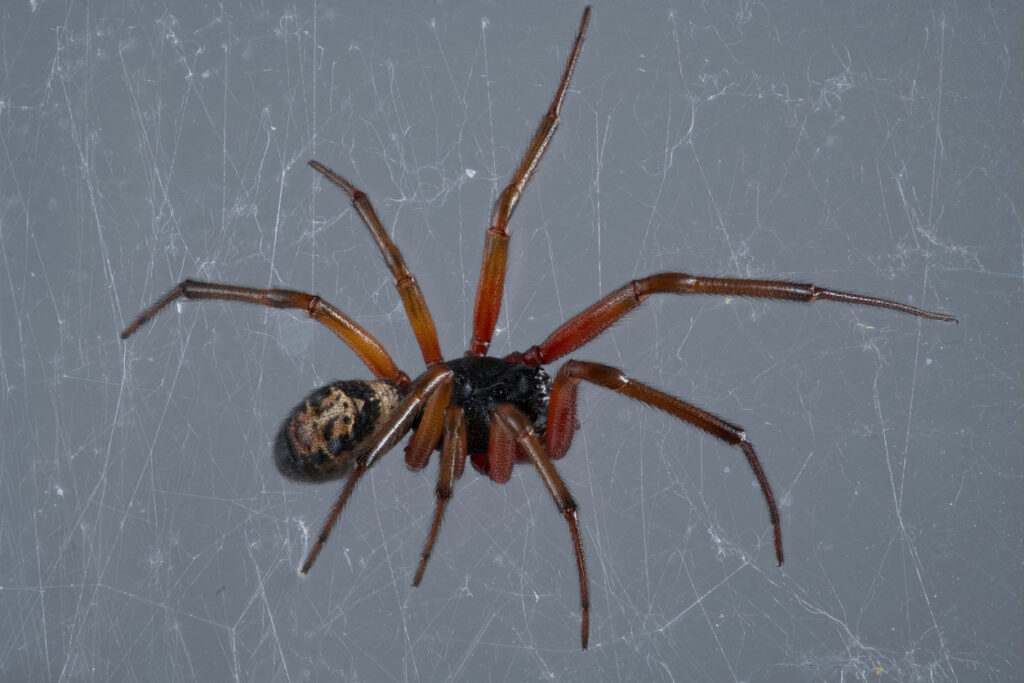
False widows have a glossy, bulbous abdomen that looks quite rounded—some say it resembles a small brown marble. House spiders, on the other hand, tend to have flatter, more angular bodies with longer legs in proportion to their size. If the body looks super shiny and almost beetle-like, it’s more likely a false widow. If it’s leaner and duller, you’re probably just looking at a house spider doing its rounds.
2. Look at the leg length.
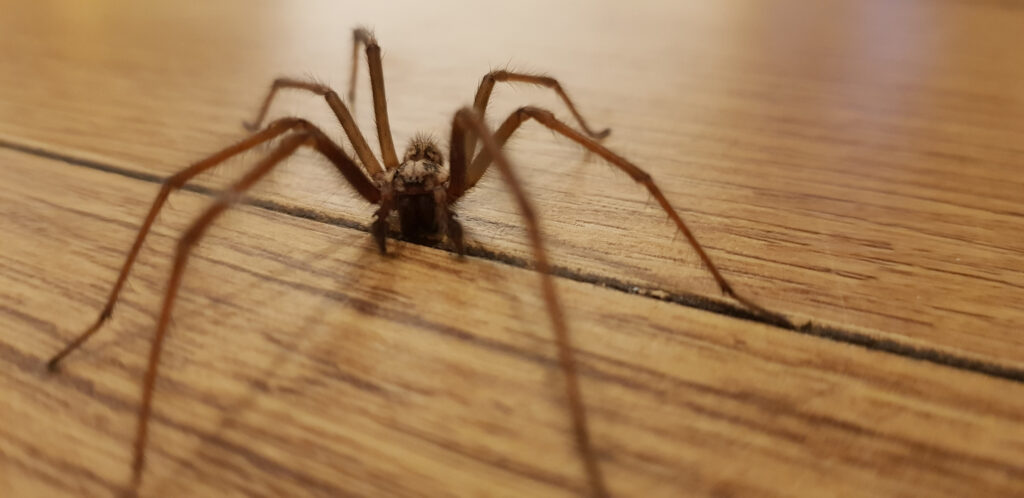
House spiders have notably long, gangly legs, especially the front ones, which give them that fast, frantic scuttle when disturbed. False widows have shorter, chunkier legs in comparison and tend to move more slowly and deliberately. If it bolts across the floor like it’s training for a sprint, it’s probably a house spider. If it’s doing a slow, confident crawl, it could be a false widow.
3. Watch how it moves.
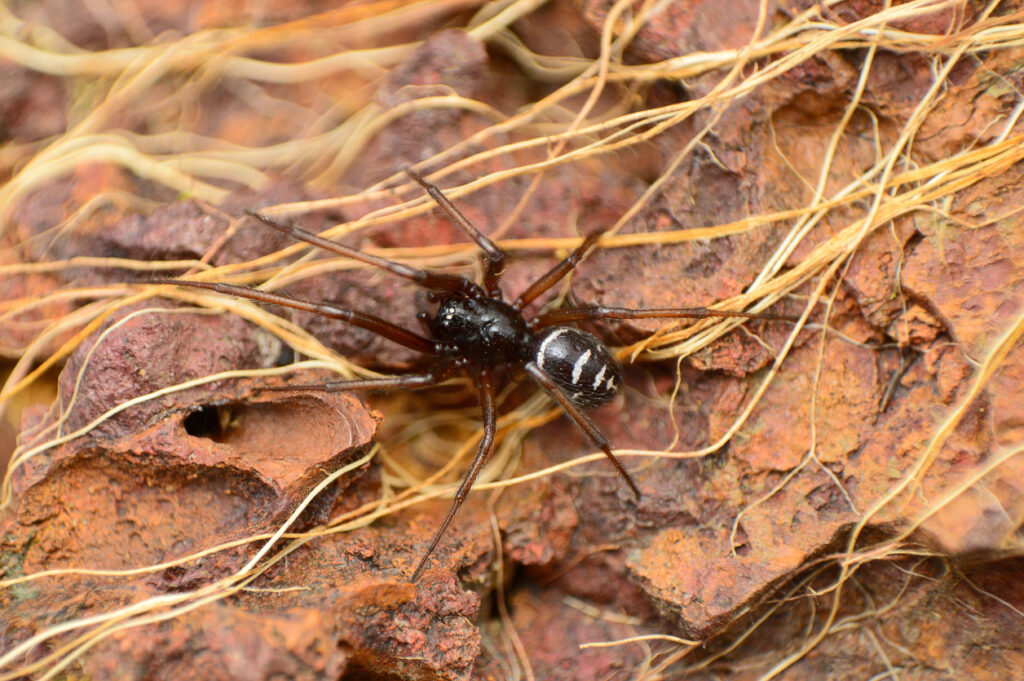
False widows don’t really run—they climb and skulk. Their movement is more measured and almost cautious. House spiders are far more chaotic, often sprinting erratically when the lights come on or someone moves nearby. If the spider moves with a calm, creeping confidence, it might be a false widow. If it’s legging it like it’s just seen a ghost, it’s probably your standard house spider.
4. Note the time of year.
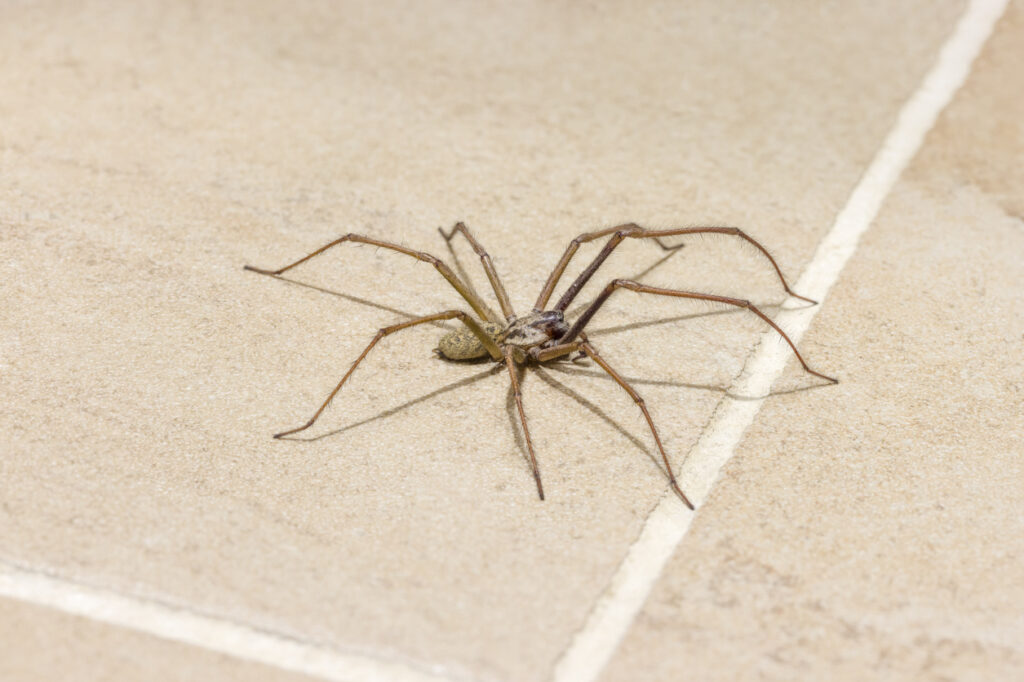
Male house spiders are most active indoors from late summer to early autumn, when they’re out looking for a mate. That’s usually when you’ll see them legging it across living room floors or popping up in the bath. False widows are active all year round. So if you spot a spider in the depths of winter or early spring, it’s slightly more likely to be a false widow, especially if it’s just hanging out quietly in a corner.
5. Look for markings on the back.
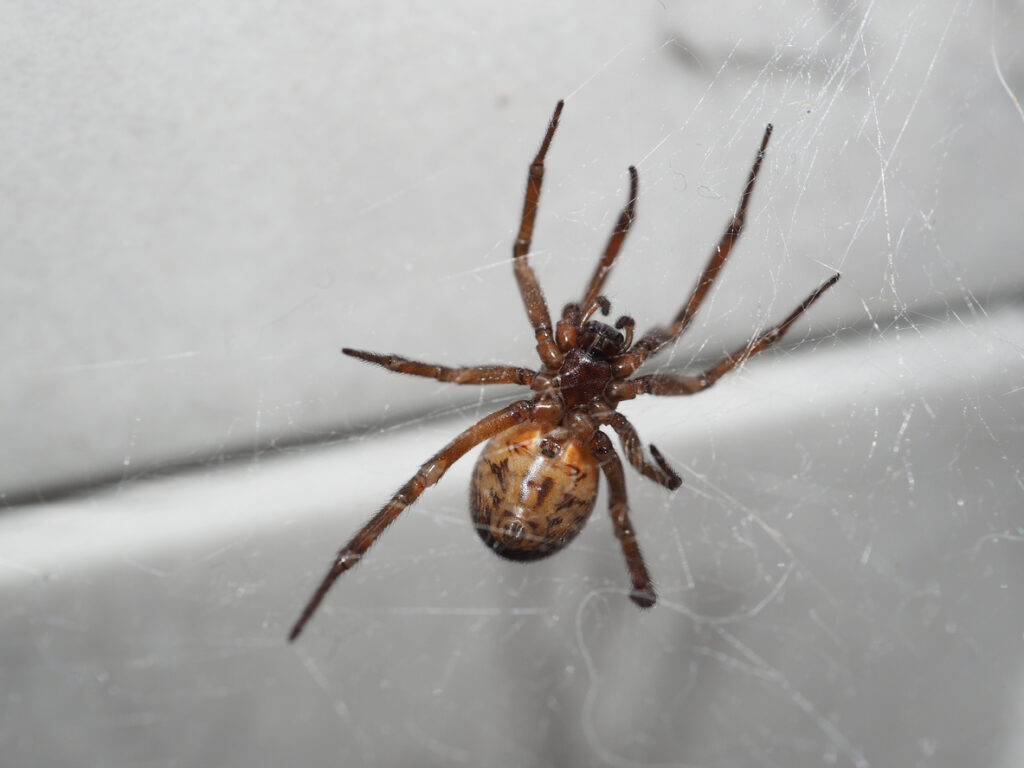
False widows often have a pale pattern on their abdomen—sometimes shaped like a skull, leaf, or cross, depending on the species. This isn’t always super obvious, but under decent light, it tends to show up. House spiders are usually a more even brown or greyish colour with less distinct markings. If there’s a clear shape or pattern on the body, it’s worth a closer look.
6. Spot the shine.
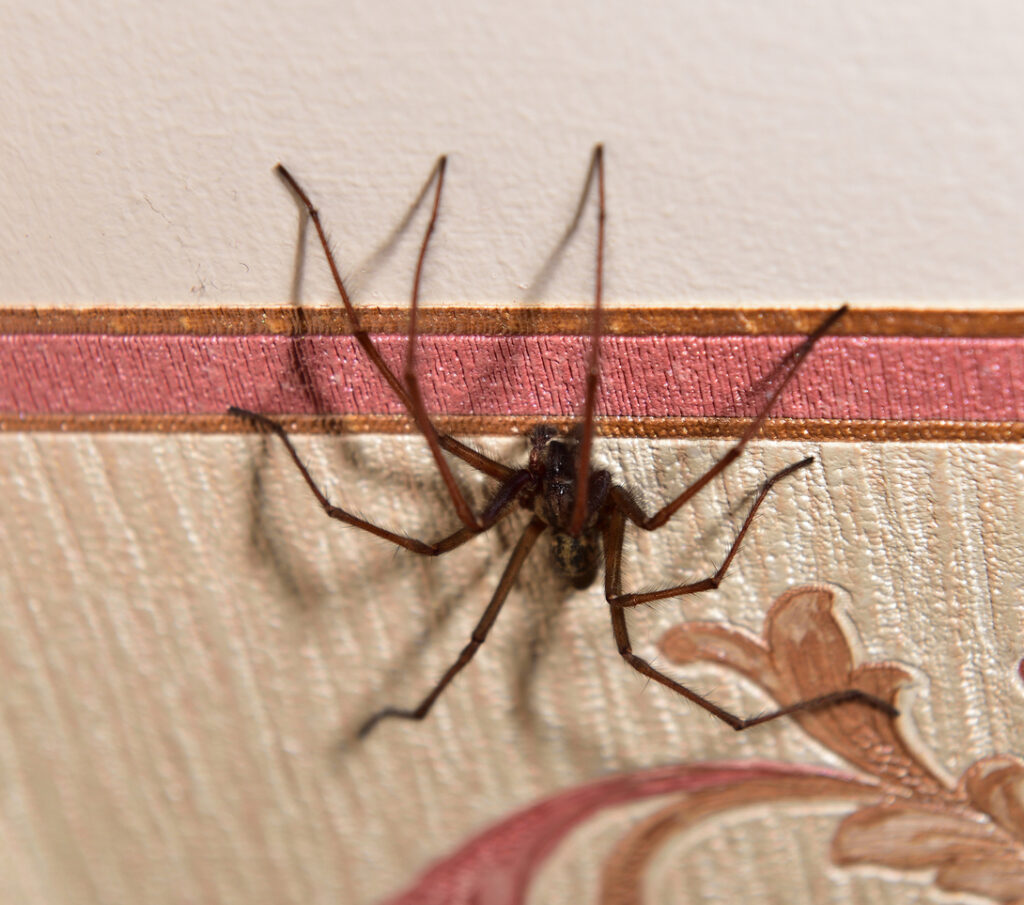
False widows are noticeably glossy. Their abdomens have a slick, almost polished look to them. House spiders are usually dull and slightly hairy, with a matte finish all round. If your spider looks like it’s been buffed to a shine, it’s probably not your usual dusty corner-dweller.
7. Observe the web style.
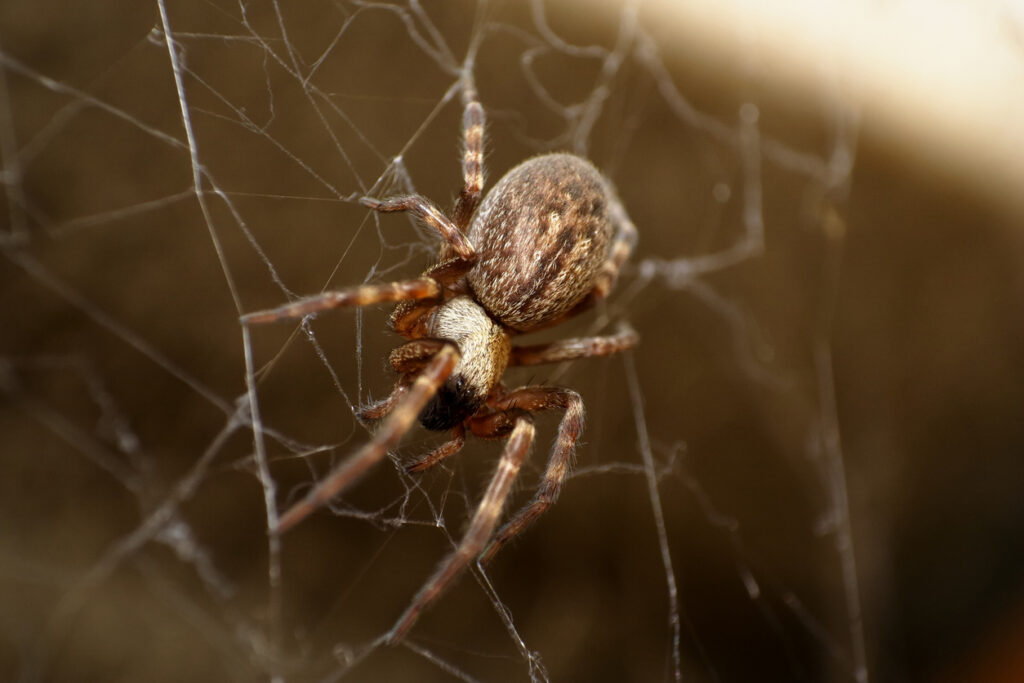
False widows build messy, tangled webs in sheltered places—windowsills, garages, sheds. They often hang upside down in the web and rarely venture far from it. House spiders, meanwhile, don’t tend to build webs in the same visible way. They prefer boltholes and crevices, darting out when disturbed. If there’s a web and a spider sitting in it with its belly up, it could well be a false widow. No web, and just surprise appearances? Probably a house spider.
8. Consider where it is.
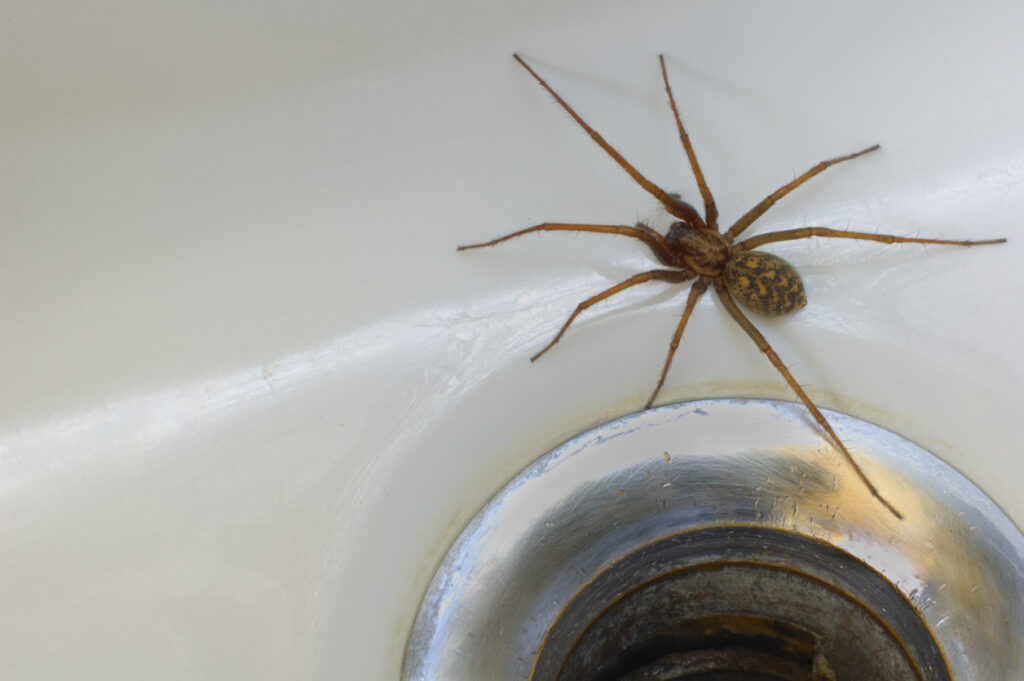
False widows tend to hang out in warm, dry places—window frames, cupboards, behind appliances. They’re not as keen on damp bathrooms or cold garages. House spiders, on the other hand, don’t seem to care. You’ll find them in baths, basements, sheds—anywhere they can sprint around in peace. So location alone isn’t a guarantee, but if it’s hiding out near a toaster rather than a drain, it might be something other than your average spider.
9. Notice the size.
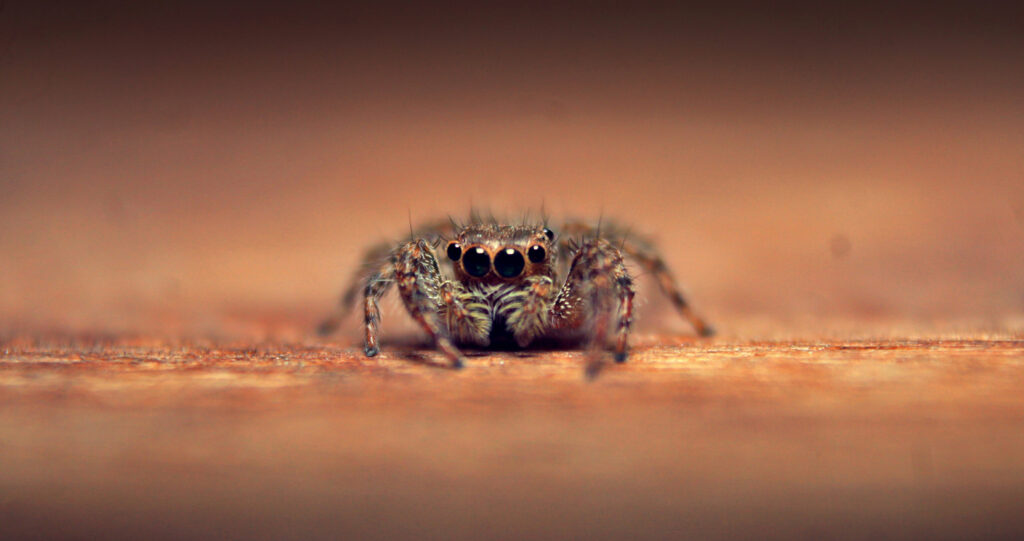
False widows are often smaller than people think—typically about the size of a 50p coin when you include the legs. House spiders, especially the males on the move in autumn, can be much larger and more leggy. If you’re dealing with a giant with limbs for days, it’s likely a house spider. False widows tend to look stockier and more compact by comparison.
10. Watch how it reacts.
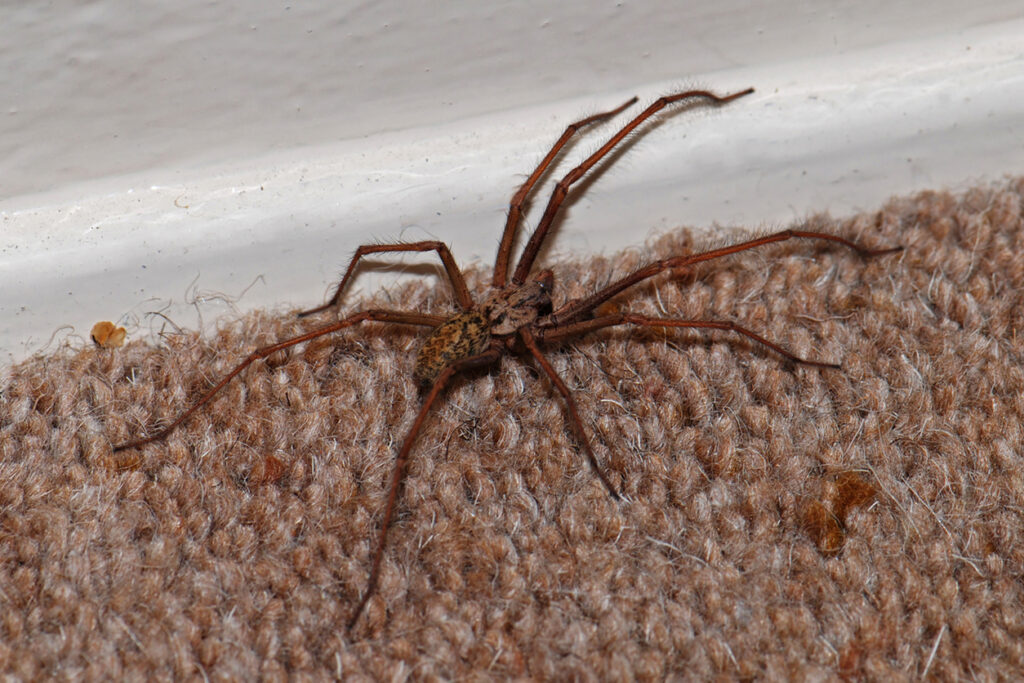
False widows are more likely to freeze or back away slowly when disturbed, rather than bolt. They’re cautious and surprisingly chill. House spiders are easily spooked and quick to run. If you get close and the spider just sits there like it owns the place, it may be a false widow. If it legs it under the sofa in a panic, it’s more likely your classic autumn invader.
11. Don’t panic—either way, bites are rare.
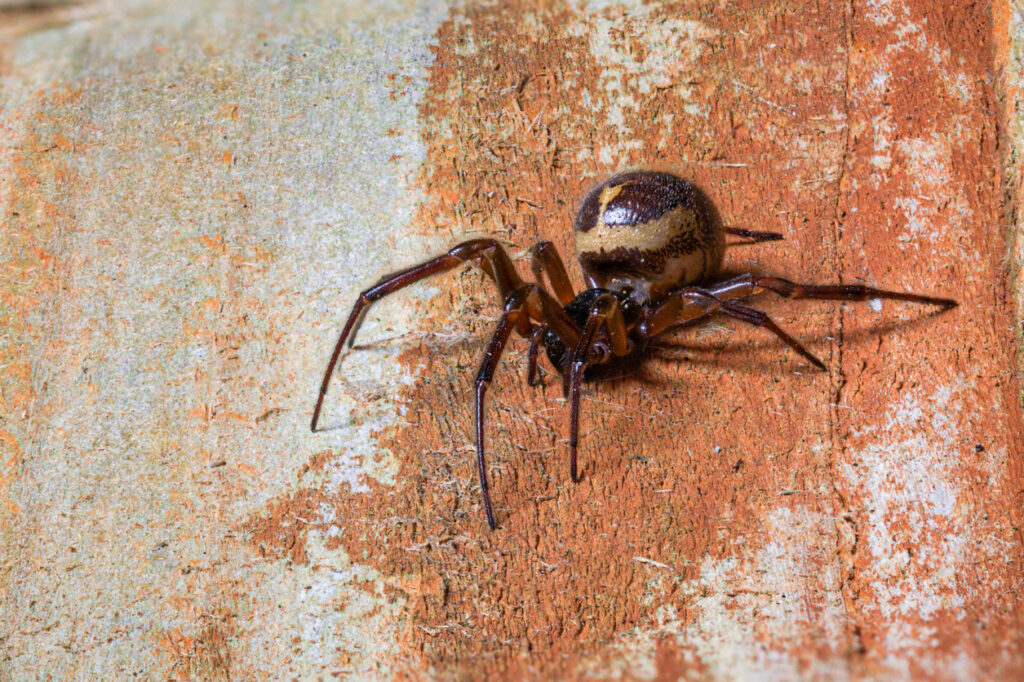
False widows can bite, but it’s incredibly rare and usually only happens if they’re pressed against skin or seriously threatened. Even then, the bite is usually no worse than a wasp sting. House spiders almost never bite and would rather run than fight. So whether it’s glossy and squat or long-legged and frantic, you’re not in danger. Most of the time, they’re just minding their own business—and helping out by eating pests along the way.